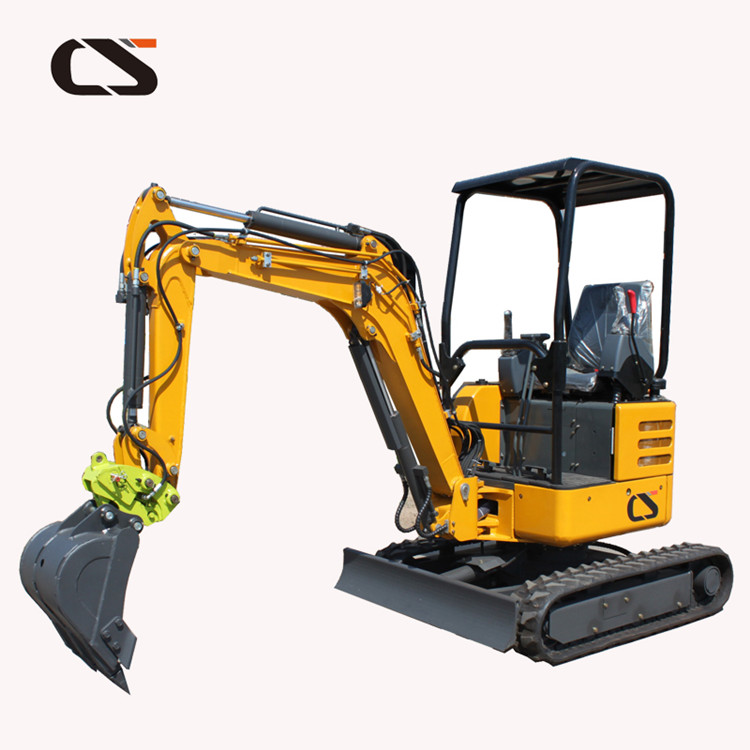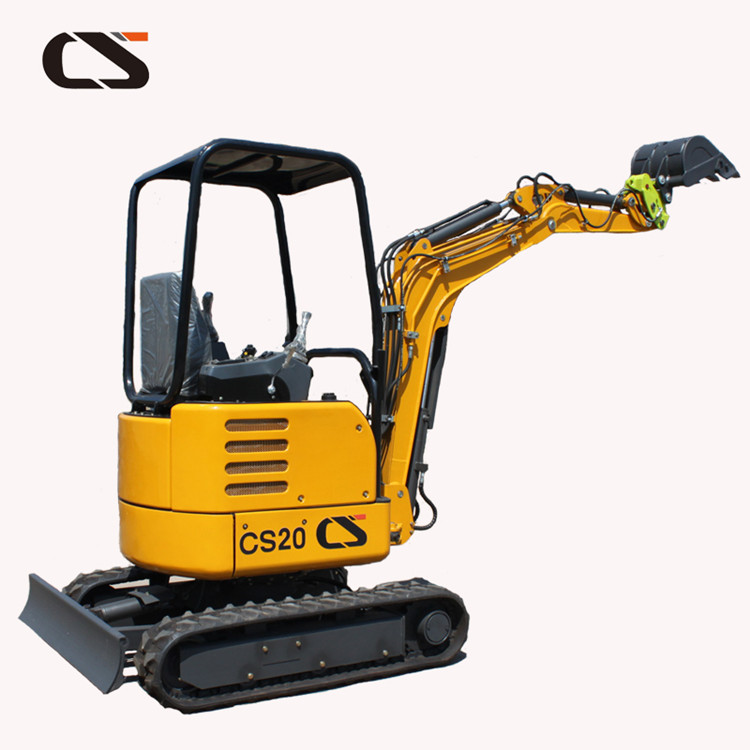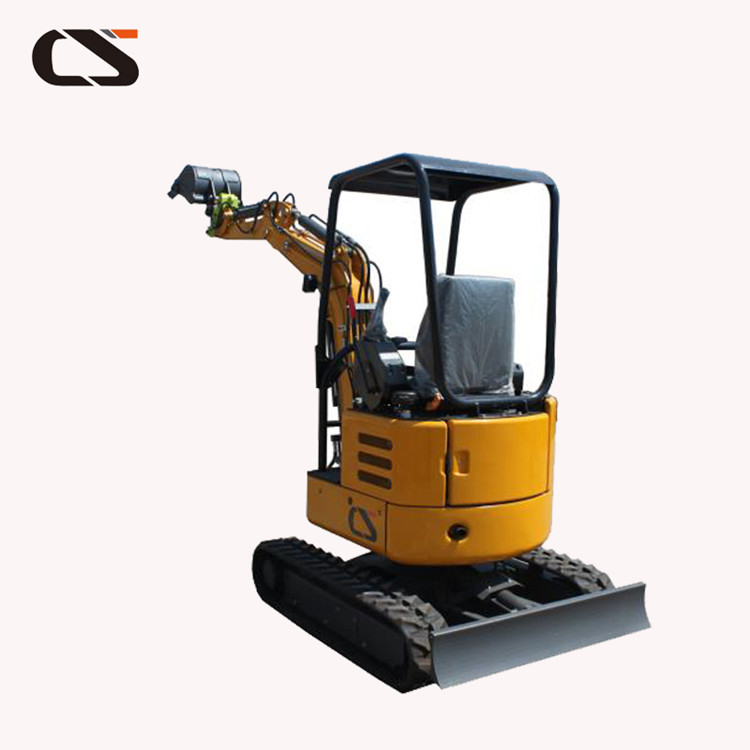 Recently, international thermal coal has risen for five consecutive weeks, but industry insiders believe that this round of rising thermal coal prices is only caused by some contingent factors such as quarterly coal and electric coal, and will not last long.
Recently, international thermal coal has risen for five consecutive weeks, but industry insiders believe that this round of rising thermal coal prices is only caused by some contingent factors such as quarterly coal and electric coal, and will not last long. Accidental factors lead to rise “The continuous rise of international thermal coal is caused by some accidental and seasonal factors, not due to economic recovery, so lack of support will not be too long, nor will it rise too highâ€, Researcher of China Coal Net Information Department Han Lei told reporters.
Thermal coal refers to coal for the purpose of generating power from combustion, and generally includes power generation, locomotive propulsion, boiler combustion, and the like, and is distinguished from coal used in metallurgy and the like.
Since November, the prices of the three major international coal thermal coal ports have risen continuously. The Newcastle Port Index has risen from US$81/tonne to US$95/tonne, and the South African Port Richardson Index has risen from US$79/tonne to US$92/tonne. The European ARA Hong Kong Index also returned to more than US$90/ton. Qinhuangdao Coal Price Center's data also showed that the price of thermal coal in Newcastle, Australia, rose for 5 consecutive weeks, and on December 7th, it has increased by US$3.48/ton to US$94.37/ton on the basis of US$90.89/ton. The increase was 3.83%; the Richard Port thermal coal price index in South Africa was also increased by US$1.02/tonne to US$90.89/tonne on the basis of US$89.87/ton on December 7, an increase of 1.13%.
What are the factors causing the thermal coal prices to rise?
"First of all, it is due to the fact that prices are falling and rebounding," said Han Lei. The price of steam coal was too low some time ago, even lower than the cost price. A ton was only about 80 US dollars, and the cost of producing a ton of coal was almost 70 to 80 US dollars. It was a rebound from the price alone.
From the perspective of supply and demand, due to coal prices lower than the cost price, some domestic and foreign coal mining enterprises have reduced production or even stopped production, reducing supply, but demand has risen. This is another factor causing the rise of thermal coal.
In terms of demand, power generation companies have been trying to increase the bargaining bargaining power by increasing the bargaining bargaining power in order to increase the negotiating bargaining power. In favor of their preferential mid- to long-term contract prices, the purchase of thermal coal imported from the international market has increased. In addition, the country has reduced its import tariffs, and the appreciation of *** has made imported coal cheaper. This has further stimulated the import demand of domestic power companies and has also stimulated the rise of international thermal coal. In the winter season, it is a water-dry season. The hydropower generation in many parts of China and around the world has dropped drastically, and the generation of hydropower has dropped, resulting in an increase in thermal power generation, which has further increased the demand for coal.
The statistical data released by the General Administration of Customs of China also confirms Han Lei’s statement that since the beginning of this year, China’s imported coal quantity has remained high, especially in April-June, coal imports were 25.05 million tons, 26.07 million tons and 27.19 million tons, respectively. Monthly import record. From January to October, China imported 224 million tons of coal, an increase of 85 million tons, an increase of 61.1%.
In addition, the closure of some nuclear power plants in Japan and other countries also increased the demand for thermal power, which also stimulated the demand for thermal coal. There is also a large drop in temperature in South Korea this winter, which also increased the demand for thermal coal, while South Korea's thermal coal mainly depends on imports, which stimulated the rise in international thermal coal prices.
"I believe that the lack of long-term support for the rise in this round of thermal coal is due to the fact that, apart from the nuclear shutdown of Japan, the rest of the factors are not long-term and durable," said Han Lei.
Li Chaolin, a coal expert, is also similar to Han Lei. Li Chaolin also believes that the international demand for thermal coal is not materially positive and therefore lacks the supportive momentum for long-term price increases.
“However, due to the overall weak macroeconomic situation, the possibility of continued relaxation of monetary policy is relatively small, making the economic fundamentals of coal demand relatively weak compared with previous years.†Hao Xiangbin, director of the China Coal Transportation and Marketing Association, also said.
Next year, the prices of yin and yang are mixed. "In general, the demand for thermal coal in 2013 is not expected to fall short of supply in previous years," Han Lei told reporters.
The reality also confirms Han Lei’s judgment. As we all know, thermal coal prices need long-term support, the most important is the recovery or recovery of economic fundamentals, but for now, the two major sectors that will drive coal demand in the future, real estate development and raw material heavy industry investment will remain warm. The state of the fire.
Judging from all kinds of signs, the state's regulation of real estate will not be relaxed. Therefore, the demand for thermal coal driven by real estate will not have much to do. The investment in fixed assets for raw materials is mainly invested by the central government and local governments, and private capital has not yet been mobilized. In the future, industrial companies will stabilise, so demand for thermal coal will also remain stable.
Internationally, a prediction report published by CEBR, a British think-tank economic and commercial research center, recently showed that the world economy will still be weak in 2013.
“The demand for thermal coal is closely related to the growth of the real economy. Under the circumstance that the international real economy is sluggish, the demand for thermal coal will not be as good as it should be. The current rise is only temporary, and it cannot be sustained for a long time. "Han Lei told reporters. “The second quarter of the first quarter of next year will be able to fluctuate between US$90/ton to US$100/ton. Uncertainties will increase in the second half of the year. It is not good to predict now, but it is certain that it will not be as crazy as it was in 2009 and 2010. Situation."
Hao Xiangbin also believes that "the next two months is the heating season, the excessive pressure of thermal coal will be eased, and the demand will rebound from the previous month, but it will decline before and after the Spring Festival. Compared with previous years, there is insufficient demand for power."
However, Guosheng Securities believes that the most difficult period for thermal coal has passed. The trend of thermal coal prices next year will depend on the country's macro-control over real estate. It is expected that the coal market will oscillate repeatedly in the first half of 2013 and tend to increase in the second half of the year. In 2013, under the dual effects of coal seasonal factors and policy factors, the first quarter was up and the second quarter was lowered. The third quarter will gradually rise again, and the fourth quarter will enter a steady upward trend.
"Coal demand will slowly pick up in 2013," said Zu Guopeng, a strategic analyst at CITIC Securities.
Ms. Guoguo Peng pointed out that with the slow recovery of the macro economy, it is expected that the growth rate of coal will be close to 7% for the whole year next year, and the price will also show a slow upward trend, and it is expected to usher in a price increase in the second quarter of next year. Due to the high average price base in the first half of 2012, the average price in 2013 is expected to decline by 3%-5% year-on-year.
“If the coal demand can exceed expectations next year, even if it is small, coupled with weather factors leading to an increase in coal for thermal power than expected, the coal supply and demand pattern will likely change, and it is entirely possible for coal prices to enter the fast-rising channel again.†Say.
Our company mainly do the mini eacavator and the Crawler Excavator ,for the Construction Machinery Attachment we can also supply the quick hitch ,ripper ,bucket and so on .
1, with excellent work efficiency and high cost performance;
2, the standard configuration of the dozer can level the site, earth backfill, increase the stability of the machine;
3, simple operation, small and flexible, easy to transport, can work in small venues, especially suitable for orchards such as kiwi, vineyard, orange, navel orange seed value, trenching, fertilization, weeding, etc.;
4, with excavation, crushing, clearing hooks, drilling, bulldozing multi-function, can quickly replace accessories, machine utilization is greatly improved



Mainly based on Shantui products, it has a large number of finished parts storage, including Shantui bulldozers (loaders), Taian pipelayers, Komatsu excavators, Chongqing engines and generator sets, etc. Can provide processing customized repair special tools business). Supply Shantui Bulldozer parts, pipelayer parts, excavator parts.
For 20 years, the company has specialized in supplying all kinds of accessories for Bulldozer Spare Parts and Loader Spare Parts ,Excavator Spare Parts .
Crawler Excavator
Crawler Excavator,Mini Crawler Excavator,Small Crawler Excavator,Compact Crawler Excavator
Jining Changsong Construction Machinery Co., Ltd. , http://www.jncsmachinery.com